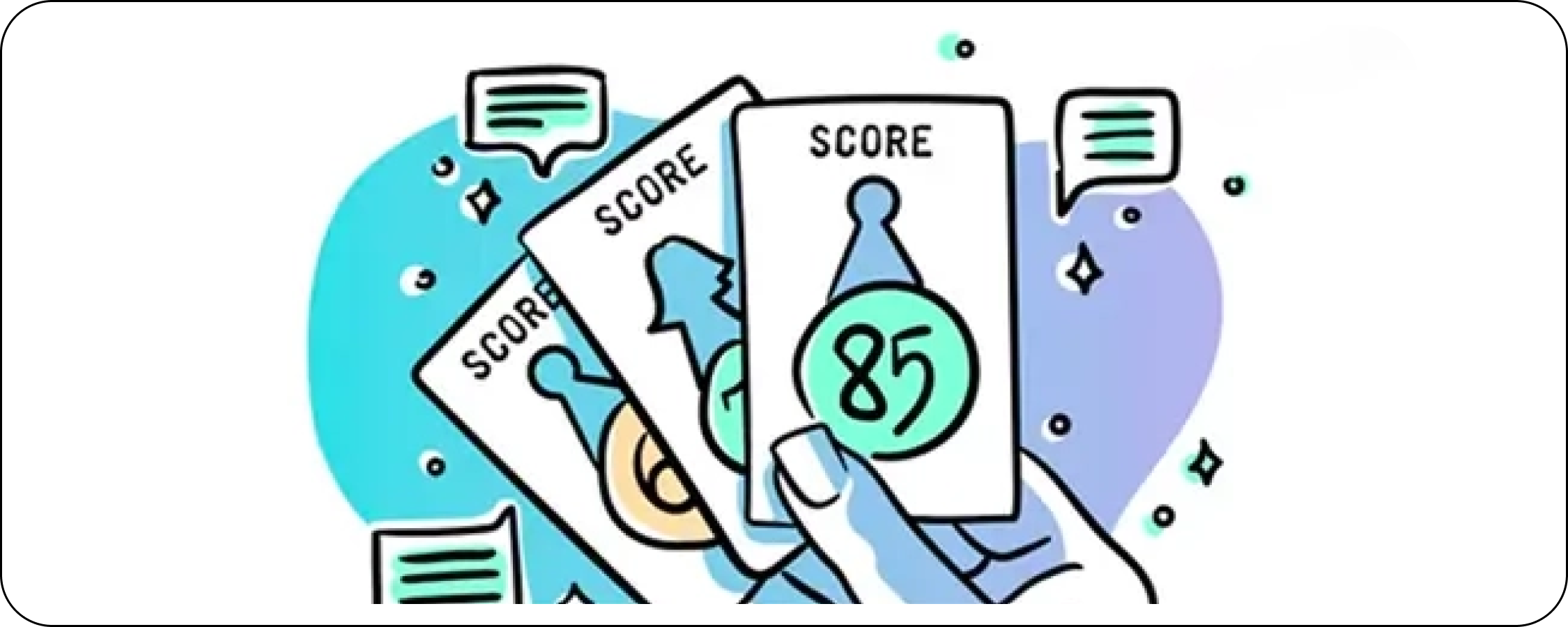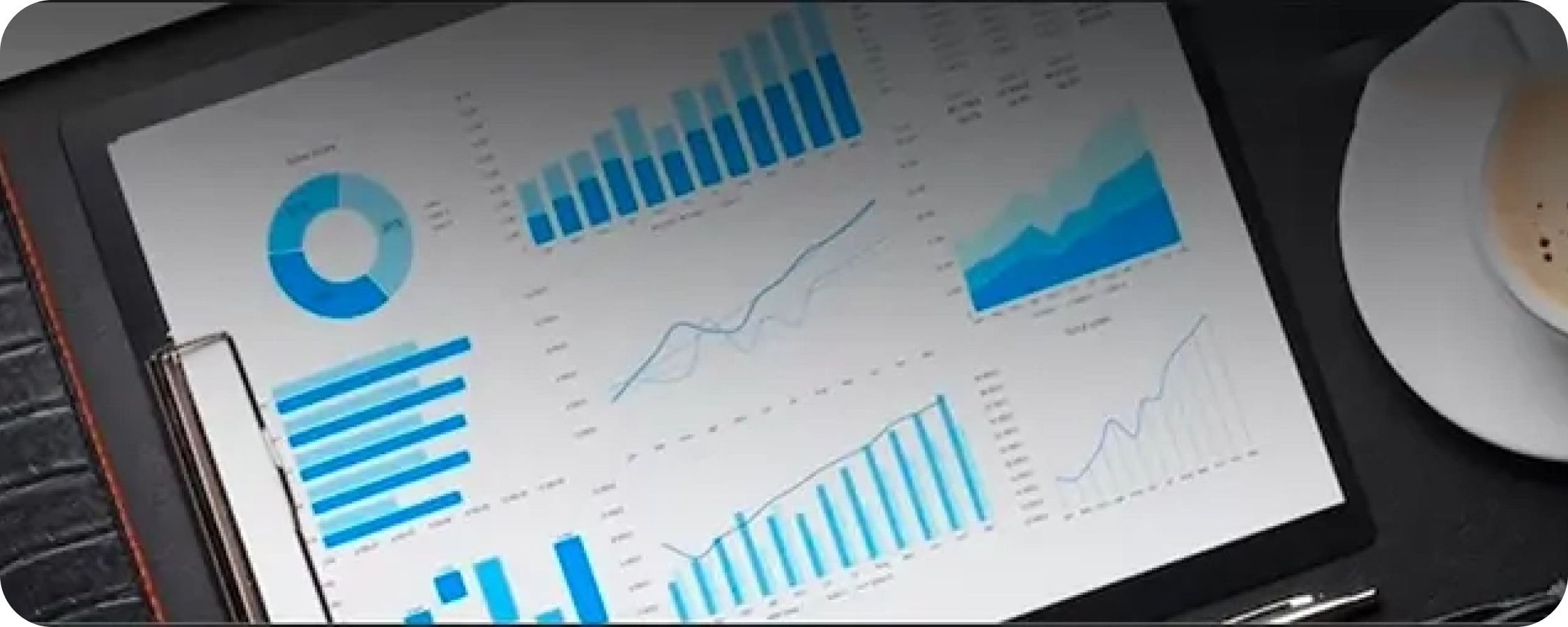Elevate Your Sales Game with Lead Scoring: Boosting Sales for Maximum Profit
Lead scoring is a process that assists sales representatives in identifying people who are most likely to purchase their product or service.
A dependable lead generation system is essential for a business’s success.
So, how do you differentiate valuable and potential leads from irrelevant ones? Experience and gut instinct are valuable assets, but they are insufficient. Therefore, a lead scoring model is required for sales reps to find potential solid customers consistently.
But before understanding the model, one must understand what lead scoring is.
What Exactly is Lead Scoring?
Lead scoring is a process that assists a sales representative or marketer in identifying people who are most likely to purchase their product or service and eliminate unqualified leads.
It enables sales teams to concentrate on the most critical opportunities, close more deals, and understand who they are attracting and the kinds of leads they should be attracting more.
Let's Check the Basic Lead Scoring Models

A lead scoring model is an evaluation system for leads. You award points to leads based on various factors, such as their industry or level of interest in your product. Qualities associated with previous high-value leads have more points.
With this model, you can quickly determine which leads are most likely to convert and which should be prioritized.
This section will examine the seven factors that all robust lead-scoring models share.
Sales and Marketing Coordination
Some excellent leads may get lost if marketing and sales don’t agree with your lead scoring model. Alternatively, some bad leads that were mistakenly thought to be qualified will pass through, sending sales reps on wild goose chases.
To avoid leaks in your sales funnel, have sales and marketing collaborate to develop your model’s scoring parameters and lead scoring threshold. Then, if any team member changes the model, ensure that those changes are communicated to both departments.
The marketing department of your company will be able to recognize strong prospects using this communication and refer them to sales.
Lead Scoring Criterion

The point value at which a prospect is regarded as sales-ready is known as a lead scoring criterion. A lead is considered a marketing-qualified (MQL) and is forwarded from marketing to sales when their score reaches or exceeds this mark.
It’s critical to get your threshold just right. If the entry barrier is low and leads are qualified prematurely, sales reps can pursue leads ready to be qualified. However, if you set the bar too high, you risk holding onto worthwhile leads for too long and letting a rival steal them.
You should base your threshold on what historical data has taught you about which characteristics (or combinations of elements) qualify a lead.
For instance, if asking for a demo is the single most crucial sign that a lead will eventually transform into a sale, your lead scoring criterion must be set so that any lead who requests a demonstration is immediately given enough points to become an SQL
Once you’ve established a threshold, you can configure your CRM to notify you when a lead reaches that number of points.
Explicit Scoring

- Work Title
- Role
- Position of Seniority
- Industry Experience
- Industry Company Size
- Company Revenue
- Geographical Area
These unambiguous criteria provide an easy way to assess leads. For instance, you can determine whether leads are a good fit by looking at their companies’ sizes.
Sometimes a lead will voluntarily provide the data you require for explicit scoring, such as when they answer a questionnaire to access gated content on your website. You could research the information by looking at a prospect’s LinkedIn profile or business website.
Implicit Scoring

Implicit scoring, on the other hand, describes the points you give a lead based on their actions, such as:
- Website Accesses
- Facebook interactions
- Email Clicks/Opens
- Subscriptions to Newsletters
- Contact Inquiries
- Contact Form Entries
- File Downloads
- Webinar
- Free Trials and Product Demonstrations
Consider the case where someone downloads an eBook from your business. Since you can tell from that interaction that the prospect is interested in your business, you should give points just for downloading the eBook.
The overall score of a lead is frequently influenced more by implicit than explicit scoring. Each time a prospect downloads or opens a piece of content or an email, they will receive one score for their job title, which they can only receive once.
Negative Scoring
Not all interactions a prospect has with your company are steps in the buyer’s journey, and your lead scoring model should recognize that.
Negative scoring is a method of reducing a lead score based on actions or characteristics that demonstrate a waning or complete lack of interest, such as:
- Unsubscribing from your email distribution list
- A job title (such as "student" or "retired") or industry unrelated to your product or service, implying that they are only interested in your content for academic purposes.
Negative behaviors are especially important to avoid misleadingly high lead scores. For example, a lead appears to have a healthy score based on their qualities, such as their industry, but their actions indicate they’re losing interest in your brand.
With negative scoring, sales reps can identify weak leads and instead focus on nurturing more vital potential customers.
Score Degradation

No news is bad news when it comes to prospect interactions. Leads should move through your sales funnel rather than becoming stuck at a particular stage and never progressing.
Score degradation aids in the tracking of dormant leads. You lower a lead’s score if they last interacted with your brand long ago.
For example, if a lead stops opening your company’s emails or downloads one piece of content but never interacts with the site again, you might lower their score. Score degradation, like negative scoring, assists you in weeding out irrelevant leads and focusing on more valuable leads.
To use score degradation, decide which actions should result in point deductions when the lead no longer performs them. Consider reversing the point system you use for implicit scoring as a starting point.
For e.g If a lead receives 10 points for signing up for your newsletter, they will lose 10 points if they unsubscribe.
Regular Refinement
A good lead scoring model’s motto is “design it and refine it,” not “set it and forget it.”
To ensure your lead scoring model is as accurate as possible, update your methods regularly using the most recent customer data.
For example, if many leads are qualified but the sales department converts only a few, the lead scoring threshold likely needs to be higher. Alternatively, if you notice an increase or decrease in sales from one type of persona or prospect behavior, the way you weigh those factors may need to change.
Using Your Lead Scoring Model to its Full Potential
Regarding prospecting and sales prospecting tools, lead scoring enables sales reps to work smarter, not harder. Focusing solely on qualified leads saves you the time and frustration of attempting to reach and convert prospects who are not ready and may never be.
However, keep in mind that a lead scoring model requires some upkeep. Examine your customer data to see if your model requires modification if your leads appear to be over or under-valued.
Want to improve your marketing and sales process? Contact Arissa India today!